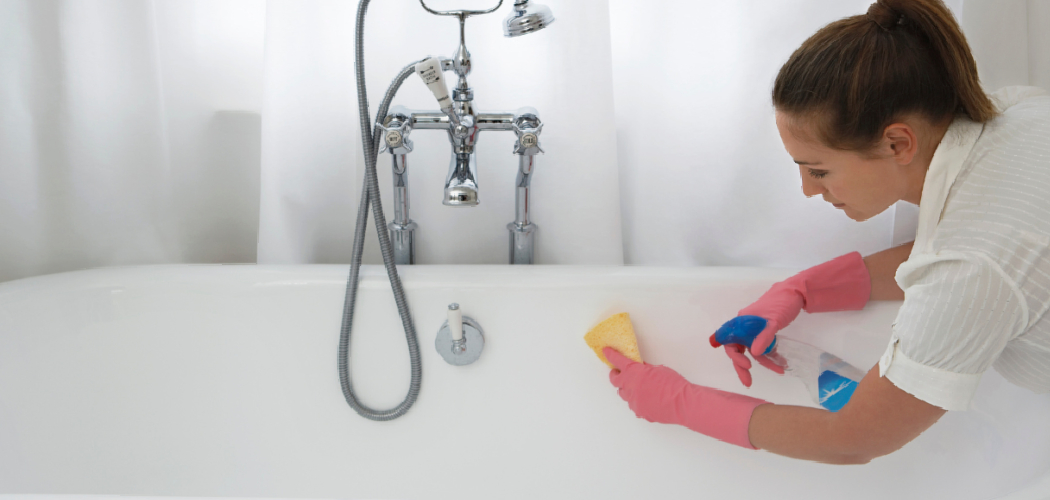A clean bathtub is essential not only for hygiene but also for safety and maintaining its aesthetic appeal. Over time, bathtubs can accumulate soap scum, mildew, hard water stains, and grime buildup, which can not only detract from their appearance but also pose health risks.
Mildew and bacteria can thrive in unclean bathtubs, potentially leading to skin irritations or infections. Additionally, slippery soap scum and grime can create hazardous conditions, increasing the risk of slips and falls. Knowing how to keep bathtub clean is crucial to prevent these issues and ensure a safe, pleasant bathing experience.
Regular cleaning and proper maintenance can also effectively prolong the lifespan of the bathtub surface by preventing wear and tear. This proactive approach helps avoid costly repairs or replacements, making it a worthwhile investment in your home’s upkeep. A sparkling clean bathtub is both a practical and inviting aspect of your personal space.
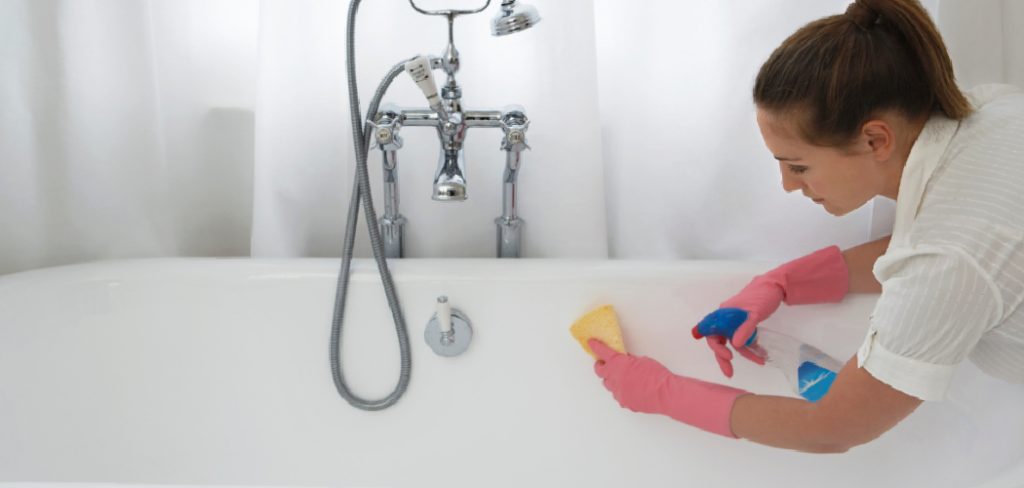
Understanding Common Bathtub Materials
Bathtubs come in various materials, each with distinct characteristics and cleaning needs. Understanding these materials is key to ensuring proper care and maintenance.
Acrylic
Acrylic bathtubs are lightweight and popular for their smooth, glossy surface. However, they are prone to scratches, so non-abrasive cleaning methods are essential. Avoid harsh scrubbing tools and instead use a soft sponge or cloth with a mild soap or a vinegar-water solution. Rinse thoroughly to remove residue and restore the tub’s shine.
Porcelain
Porcelain bathtubs are durable and have a timeless appearance, but they can chip if mistreated. When cleaning, use soft-bristle brushes or soft cloths paired with a gentle cleaner, such as baking soda or diluted dish soap. Avoid abrasive pads or strong acidic cleaners that could wear down the porcelain enamel.
Fiberglass
Fiberglass bathtubs are affordable and lightweight but are porous, making them more prone to staining. Use a mild cleaner formulated for fiberglass surfaces and a non-abrasive sponge for scrubbing. Cleaning regularly can help prevent stains from becoming deeply embedded.
Cast Iron with Enamel
These bathtubs are extremely durable and feature an enamel coating that can scratch if harsh materials are used. A soft sponge and a non-abrasive cleaner work best. Avoid acidic cleaners or steel wool. For tough stains, make a paste with baking soda and water, apply it gently, then rinse thoroughly.
Properly tailored cleaning ensures your bathtub stays in excellent condition, no matter the material. Regular care extends its longevity and keeps it looking pristine.
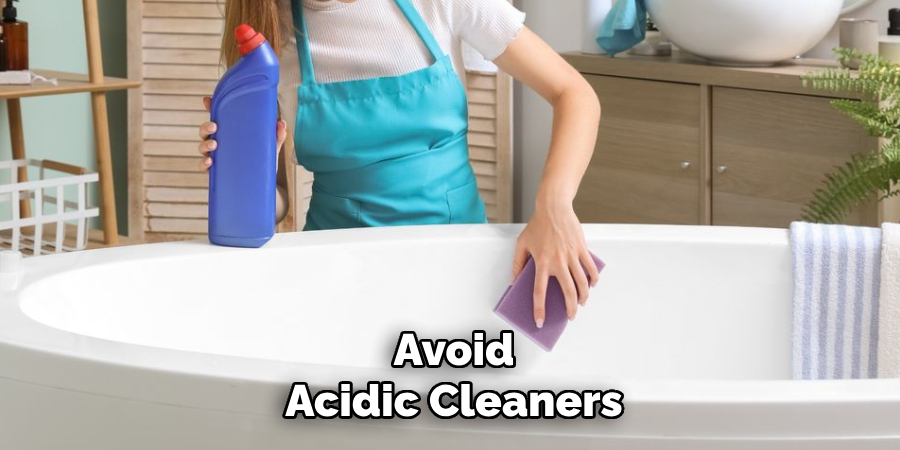
Essential Cleaning Tools and Supplies
Tools
Having the right tools can make bathtub cleaning easier and more effective. Equip yourself with sponges, microfiber cloths, soft-bristled brushes, and even an old toothbrush for reaching tight corners and scrubbing around fixtures. These tools are gentle enough to avoid damaging surfaces while lifting dirt and grime effectively.
Cleaning Products
For basic cleaning, consider using natural products like vinegar and baking soda, which are effective yet gentle. Dish soap can also be a great option for regular maintenance. For tougher stains, you can rely on hydrogen peroxide or specialized store-bought cleaners designed for the specific material of your bathtub.
Eco-Friendly Options
There are many eco-friendly cleaning products available that are biodegradable and free of harmful chemicals. They provide a safe alternative for your family and the environment.
Caution
Avoid using harsh chemicals like bleach, especially on delicate surfaces such as fiberglass or enamel-coated cast iron, as they can cause discoloration and damage. Always test products on a small, inconspicuous area before use.
How to Keep Bathtub Clean: Daily Maintenance Tips
Rinse After Every Use
Rinse the tub with warm water after every use to remove soap residue, body oils, and any dirt. This simple habit can prevent buildup, keeping your bathtub cleaner for longer and reducing the need for heavy cleaning.
Wipe Dry
Use a squeegee or a towel to dry the tub’s surface after rinsing. This prevents water spots, mineral deposits, and mildew from forming. Paying attention to the edges and corners will ensure no moisture is left behind.
Ventilation
Maintaining proper airflow in your bathroom is essential to avoid mold and mildew growth. Use an exhaust fan or open a window during and after showers to help the air circulate and dry the bathroom.
Use a Tub Mat
A non-slip tub mat can protect your bathtub’s surface from scratches and reduce the accumulation of grime. Ensure the mat is cleaned and dried regularly to prevent it from becoming a source of mold or bacteria.
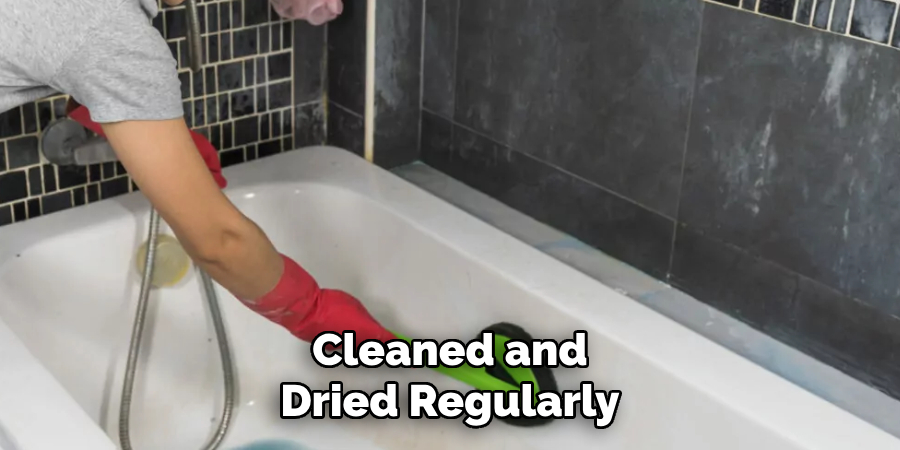
How to Keep Bathtub Clean: Weekly Deep Cleaning Routine
Step 1: Prepare the Tub
Start by removing all personal items from the bathtub, such as shampoo bottles, soap, and accessories. Rinse the tub with warm water to eliminate loose dirt and debris. This ensures the cleaning process begins on a fresh surface.
Step 2: Apply Cleaner
For general cleaning, use a mixture of equal parts vinegar and dish soap to tackle soap scum and grime. If your bathtub has tougher stains, sprinkle baking soda over the areas and spray them lightly with water to form a paste. Allow the cleaner to sit for 10-15 minutes to break down the buildup effectively.
Step 3: Scrub Gently
Scrub the entire tub surface using a soft-bristled brush or a non-abrasive sponge. Please pay particular attention to corners, edges, and the area around the drain, as they will likely accumulate grime. Avoid using harsh scrubbers that could scratch the finish of your bathtub.
Step 4: Rinse and Dry
Thoroughly rinse the tub with warm water, ensuring all traces of the cleaner are removed. Wipe the bathtub dry using a microfiber cloth to avoid water spots and ensure a shiny surface. Proper drying also discourages mildew growth.
Alternatives for Stubborn Stains
For particularly tough stains, consider using hydrogen peroxide on white bathtubs. Simply spray it on the stained areas and allow it to sit for 10 minutes before scrubbing. Alternatively, you can use a commercial bathtub cleaner specifically designed for your tub’s material, following the instructions on the label for best results.
Handling Tough Stains and Mildew
Tackling tough stains and mildew in your bathtub can seem challenging, but it becomes manageable with the right techniques and tools. Here are specific approaches for different types of persistent stains:
- Soap Scum
For soap scum buildup, create a paste using baking soda and water, then apply it to the affected areas. Alternatively, spray the surface with a vinegar solution and allow it to sit for 15 minutes before scrubbing gently with a non-abrasive sponge.
- Hard Water Stains
Combine equal parts of vinegar and lemon juice to address stubborn hard water stains. This mixture effectively dissolves mineral deposits. Apply it to the stains, leave it for 10-15 minutes, and then scrub with a soft brush or sponge.
- Mildew and Mold
For mildew and mold, use hydrogen peroxide or a diluted bleach solution. Please apply directly to the affected areas and leave it for about 10 minutes before scrubbing thoroughly. This not only removes stains but also helps to eliminate harmful spores.
- Rust Stains
Rust stains require specialized attention. Use a dedicated rust remover designed for bathtubs, or mix baking soda and vinegar to create a natural alternative. Apply the solution, scrub gently, and rinse thoroughly.
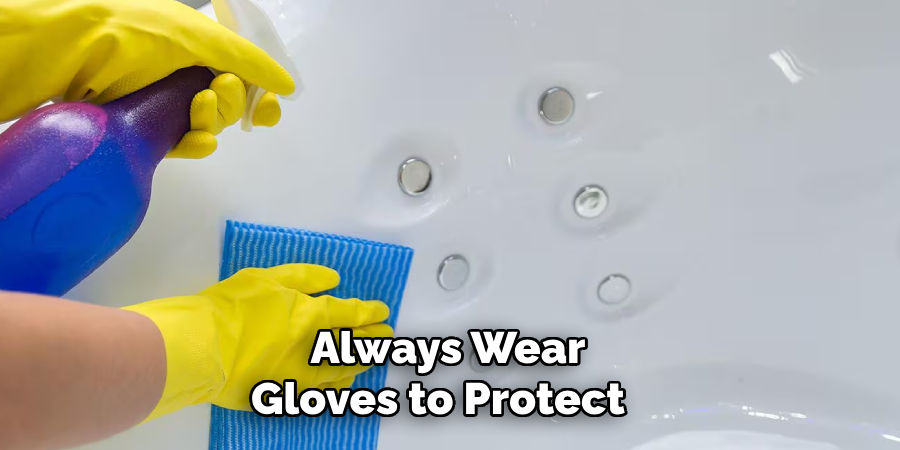
Safety Tips
Always wear gloves to protect your skin when dealing with chemical cleaners or strong solutions. Ensure proper ventilation by opening windows or turning on a fan to avoid inhaling fumes. Follow all label instructions carefully to maintain both safety and effectiveness during your cleaning process.
Preventing Future Buildup
Seal the Surface
Applying a protective sealant can be highly effective in preventing stains and buildup for materials such as fiberglass or porcelain. These sealants create a barrier that repels water, soap scum, and other contaminants, making your bathtub easier to maintain over time. Reapply the sealant as recommended by the manufacturer to ensure ongoing protection.
Use a Water Softener
Consider installing a water softener system if hard water is a frequent problem. This device reduces the level of minerals like calcium and magnesium in your water, which are primary contributors to hard water stains and mineral deposits. A water softener helps maintain a cleaner bathtub and protects your plumbing and fixtures from mineral buildup.
Regularly Clean Accessories
Items like shower curtains, bath mats, and soap dishes can accumulate grime, easily transferring to your tub surface. Washing or replacing these accessories regularly will significantly reduce this problem. Opt for machine-washable or quick-dry materials for easier maintenance.
Avoid Harsh Products
Always use non-abrasive cleaners and tools to prevent scratching or damaging the surface of your bathtub. Abrasive products can compromise protective coatings and make the surface more prone to stains and buildup. Choose gentle cleaning solutions intended explicitly for your tub’s material to keep it pristine.
Eco-Friendly Bathtub Cleaning Alternatives
Switching to eco-friendly cleaning methods is an excellent way to care for your bathtub while being mindful of your health and the environment. Several natural solutions can effectively tackle dirt, stains, and soap scum without the use of harsh chemicals.
Vinegar and Baking Soda
This combination is a powerhouse for general cleaning, deodorizing, and removing tough stains. The mild abrasiveness of baking soda and the natural acidity of vinegar work together to break down grime and eliminate odors.
Lemon Juice
Lemon juice is another effective solution, particularly for dealing with hard water stains and soap scum. Its natural acidity helps dissolve stubborn deposits and leaves a fresh, clean scent.
Castile Soap
Castile soap is a safe and eco-friendly option for gentle and regular cleaning. Its mild formula cleans effectively without damaging surfaces or releasing harmful residues.
DIY Cleaner Recipes
Making your own cleaner is simple and cost-effective. One versatile recipe includes mixing 1 cup of vinegar, 1 cup of water, and 2 tablespoons of dish soap in a spray bottle. Spray the mixture onto the tub, allow it to sit for a few minutes, then scrub and rinse.
Using eco-friendly cleaners reduces exposure to harmful chemicals, improves indoor air quality, and minimizes environmental harm by keeping toxic substances out of waterways. These alternatives provide a safe, effective, and sustainable way to maintain a sparkling clean bathtub.
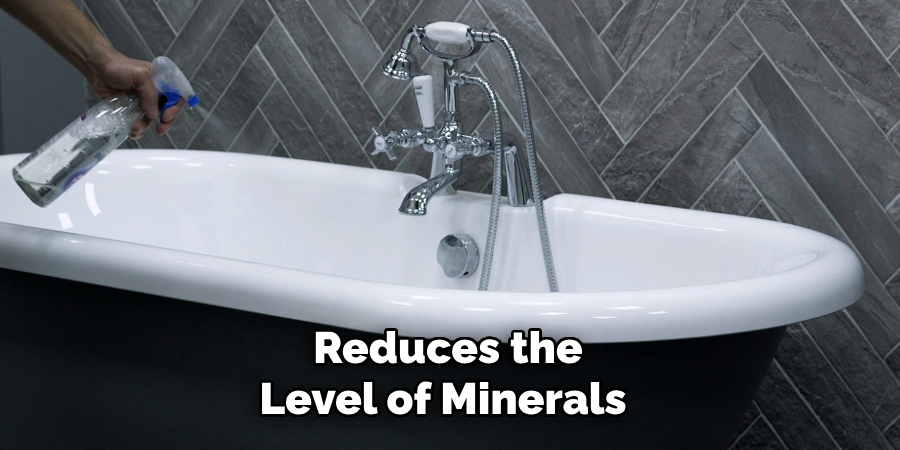
Conclusion
Maintaining a clean bathtub ensures hygiene and extends its usability over time. A clean bathtub prevents the buildup of bacteria, mold, and grime, promoting a healthier environment in your home. Incorporating habits like daily maintenance, weekly deep cleaning, and preventative care into your routine makes this task quick and effortless.
By following the eco-friendly tips and methods outlined in this guide, you can easily learn how to keep bathtub clean and stain-free. With simple, practical strategies, keeping a sparkling and inviting bathtub becomes a manageable part of your cleaning routine. Start today for lasting results!

